When choosing a ski resort, focus on snow conditions, terrain options, cost, and accessibility. The best resort isn’t the biggest or most famous - it’s the one that matches your needs. Here’s what matters most:
- Snow Reliability: Check snowfall, elevation, and snowmaking. Higher altitudes often mean better snow quality and longer seasons.
- Terrain Variety: Match the slopes to your skill level. Beginners need plenty of green trails, while advanced skiers look for black diamonds, moguls, or backcountry options.
- Cost: Lift tickets, rentals, lodging, and food can add up. Look for deals like multi-day passes or season programs like Epic or Ikon.
- Accessibility: Proximity to airports, cities, and transportation can make or break your trip. High-speed lifts and well-organized resorts save time.
Gear tip: Compact gear like Snowfeet* (short skis/skiskates) is lightweight, easier to control, and works well on varied terrain. It’s also travel-friendly - no oversized baggage fees!
Want a quick comparison? Use this checklist to find your ideal resort:
- Snow quality: High snowfall or good snowmaking?
- Terrain: Beginner-friendly or advanced challenges?
- Budget: Affordable or high-end?
- Travel: Easy access or remote adventure?
The right mix of these factors - and the right gear - can turn your ski trip into an unforgettable experience. :)
The Ultimate Guide to Choosing a Colorado Ski Resort
Snow Reliability: The Foundation of a Great Ski Experience
Nothing spoils a ski trip faster than poor snow conditions, especially after all the effort you’ve put into planning. That’s why snow reliability should top your list when comparing resorts. To get the full picture, look into factors like snowfall, elevation, and snowmaking techniques - all of which influence the quality of your time on the mountain.
Understanding Snowfall Data and Elevation
Start by digging into snowfall data. Resorts in the Rocky Mountains often enjoy hefty snow totals, while East Coast destinations tend to see more moderate amounts. But don’t just focus on the numbers - there’s more to the story.
Elevation is another key player. Resorts at higher altitudes generally have colder temperatures, which help preserve snow quality and extend the ski season. A higher base elevation often means better conditions, even late in the season. Plus, resorts with a big vertical drop (the difference between the base and summit) can offer a mix of conditions. The upper slopes usually hold onto powder longer, while the lower slopes might soften up as the day warms.
Natural Snow vs. Artificial Snowmaking
Natural snowfall provides that dreamy, light, fluffy powder skiers love - especially in places like the Wasatch Range. But let’s be real: Mother Nature isn’t always predictable.
That’s where artificial snowmaking comes in. Modern snowmaking systems create consistent, groomed surfaces that are perfect for carving or learning. Depending on your skiing style, you might prioritize resorts with reliable snowmaking to ensure great conditions, no matter the weather. It’s all about finding what suits your ideal experience on the slopes.
Why Snowfeet* Products Work Well in Different Conditions
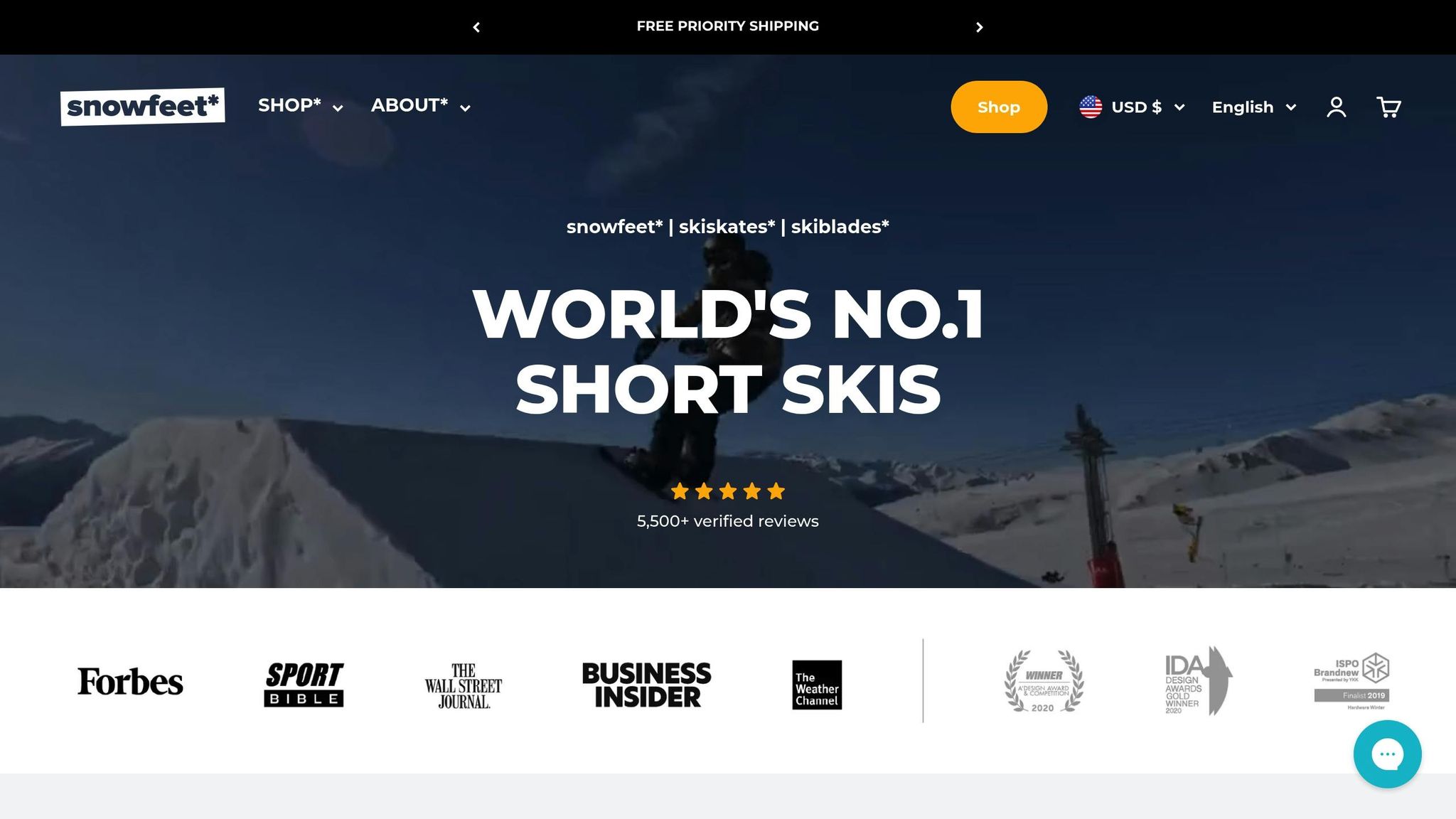
Here’s where Snowfeet* products shine. Their shorter skis, like the 38 cm Mini Ski Skates or 120 cm Short Skis, are game-changers when it comes to handling diverse snow conditions.
For instance, ice patches or crud snow can be tricky with traditional long skis. But with Snowfeet*, the compact design gives you better responsiveness, making adjustments feel effortless. And in those slushy spring conditions that can leave longer skis feeling clunky and exhausting? Snowfeet* products cut through the mess like a pro, so you can focus on the fun instead of fighting your gear.
On groomed runs or compact snow, the agility of Snowfeet* gear is unbeatable. They transition quickly, letting you carve with precision even in tight spots. And don’t underestimate their performance in powder - these shorter skis balance control and maneuverability in a way that’s hard to match with traditional setups. With Snowfeet*, you’re equipped to handle whatever the mountain throws your way, ensuring a smoother, more enjoyable experience on the slopes.
Terrain Variety and Difficulty Levels
When picking a ski resort, the variety of terrain can make or break your experience. Even if the snow is top-notch, the slopes need to match your skill level and preferences for you to truly enjoy your time. Choosing the right resort means understanding the terrain and finding one that fits your skiing style.
Reading Trail Maps and Terrain Distribution
Trail maps are like a cheat sheet for what a resort has to offer. Sure, they look nice, but what really matters is the breakdown of terrain by difficulty. Resorts typically use symbols to label trails: green circles for beginners, blue squares for intermediates, black diamonds for advanced skiers, and double black diamonds for experts.
A well-rounded resort offers a mix of these levels, but what works for you depends on your group. If you’re skiing with kids or beginners, look for a resort with at least 30% green trails. On the flip side, advanced skiers might aim for resorts where 20% or more of the runs are black diamonds.
Other factors like skiable acreage and vertical drop also play a role. More acreage usually means more variety, while a vertical drop over 2,000 feet often provides longer, more challenging runs. These details can help you zero in on a resort that matches your goals.
Specialized Terrain Features and Challenges
Many resorts go beyond basic trails, offering unique features like terrain parks and mogul fields. Terrain parks, packed with jumps, rails, and halfpipes, are a playground for freestyle skiers and snowboarders. Mammoth Mountain, for example, is famous for its extensive park setup.
Moguls, on the other hand, test your ability to make quick, controlled turns. Tree skiing also demands sharp reflexes as you weave through tightly spaced trees, making it a favorite for thrill-seekers with the right gear and skills.
For those looking to venture off the beaten path, backcountry access is a big draw. Some resorts make it easy with backcountry gates, while others require hiking or guided tours. Keep in mind, though, that backcountry skiing requires avalanche safety gear and know-how.
In tight tree runs or technical mogul fields, compact gear like 44 cm Skiskates or 65 cm Skiblades can give you an edge. Their shorter length makes it easier to pivot quickly, handle sharp turns, and navigate tight spaces with confidence - something longer skis might struggle with.
Snowfeet* vs. Long Skis: Performance Across Different Terrains
Traditionally, longer skis have been the go-to for stability and speed, but Snowfeet* products are changing the game with their focus on maneuverability and control. Picking the right gear for the terrain is just as important as choosing the right resort.
On groomed runs, Snowfeet* Short Skis (120 cm) or 99 cm Skiblades shine. They’re incredibly responsive, allowing you to carve turns with precision and adjust to changing snow conditions without the bulk of traditional skis.
In terrain parks, the 50 cm Snowfeet* PRO models are a standout. They let you spin faster, land more confidently, and recover quickly - advantages that can be tricky to achieve with longer skis.
Even powder skiing, often seen as the domain of long skis, gets a twist with Snowfeet*. The 99 cm POWDER Skiboards float effortlessly in deep snow while still offering quick turn initiation.
When it comes to steep slopes, Snowfeet* gear makes life easier. Long skis require more space and commitment for each turn, but Snowfeet* equipment allows for rapid, controlled directional changes, making tough terrain feel more manageable.
Another bonus? The learning curve is shorter. While mastering traditional skis can take seasons, Snowfeet* products help you build confidence quickly, whether you’re tackling your first black diamond or pushing into more advanced territory.
And let’s not forget portability. Snowfeet* gear is easy to pack in regular luggage, so you can explore multiple resorts without the hassle of shipping oversized equipment. Plus, their compact size means you can access terrain that might be off-limits with traditional skis.
Breaking Down Ski Trip Costs
Ski trips can get expensive fast. But knowing where your money goes can help you plan smarter and even save a little without giving up the fun. The main expenses usually come down to lift tickets, equipment rentals, lodging, and food. Let’s dive into the details.
Lift Tickets, Equipment Rentals, and Lodging
Lift tickets are often the priciest part of your daily budget. At top-tier resorts like Vail or Aspen, a single-day lift ticket during peak season can hit $200 or more. Smaller, regional mountains are more affordable, with daily passes around $60–$80. Mid-range destinations like Killington or Mammoth Mountain fall somewhere in the middle, costing about $120–$150 a day.
Equipment rentals are another big-ticket item. Renting skis, boots, and poles typically costs $50–$70 per day, and if you need specialized gear, it’s even more. Over a week-long trip, you’re looking at $350–$500 just for rentals.
Lodging varies wildly based on where you stay and when you go. Ski-in/ski-out spots at places like Whistler or Park City can cost $400–$800 per night during busy times. But if you don’t mind staying 20–30 minutes away from the slopes, you can find hotels for $100–$200 a night.
Food is another factor to keep in mind. A simple lunch on the mountain can run $15–$25, and dinner at a resort restaurant might set you back $40–$60 per person. For a family of four, daily dining costs can easily top $200.
Now that you know the main expenses, let’s look at ways to save.
Finding Deals and Pass Programs
If you’re a frequent skier, season passes like the Epic Pass or Ikon Pass are a great deal. They cost around $900–$1,000 but give you access to dozens of resorts, making them worth it if you ski often.
Multi-day tickets are another way to save. A 5-day pass usually costs 20–30% less per day than buying single-day tickets. Many resorts also offer early bird discounts if you buy your passes months in advance.
Timing matters too. Skiing midweek or during the early or late season can slash lift ticket prices. Some resorts even cut rates by nearly half during quieter times.
Resort packages that bundle lodging and lift tickets can also save you 15–25% compared to booking everything separately. Check resort websites or third-party platforms like Liftopia for these deals.
Snowfeet*: A Budget-Friendly Gear Option
Your choice of gear can also impact your overall costs, and this is where Snowfeet* products shine. Instead of paying $50–$70 per day for rentals, you can invest in your own Snowfeet* Mini Ski Skates for around $250. In just 4–5 days of use, they pay for themselves.
Snowfeet* gear is also super travel-friendly. Unlike traditional skis, which often mean oversized baggage fees, Snowfeet* products fit into regular luggage, saving you money on flights. Plus, they’re easier to maintain. While traditional skis need regular tuning and waxing, Snowfeet* gear requires minimal upkeep that you can handle at home.
What’s more, Snowfeet* is versatile. They work on a variety of terrains, from groomed resort trails to snowy urban hills, giving you more bang for your buck. And when it comes to transport and storage, they’re a breeze. Forget about roof racks or bulky bags - Snowfeet* gear fits in your car trunk or even a large backpack, making multi-resort trips way easier.
For families, Snowfeet* products can be a smart long-term investment. Instead of shelling out for rentals every trip, owning your gear means lower costs over time and the freedom to enjoy all kinds of snow conditions.
sbb-itb-17ade95
Resort Accessibility and Logistics
Getting to your ski destination and finding your way around once you’re there can either set the tone for an amazing trip or turn into a logistical headache. Thoughtful planning can save you time, money, and stress, making your overall experience much smoother. Accessibility ties in perfectly with the cost and terrain factors we’ve already covered.
Proximity to Airports, Cities, and Transportation Options
One of the first things to check when picking a ski resort is how close it is to major airports or cities. Is there a nearby airport with convenient flights? Are there shuttles or public transport options to get you from the airport to the slopes? These details can make travel much easier. If you’re driving, take a moment to calculate the distance and estimated travel time - it’s worth knowing how long you’ll be on the road before you hit the snow.
On-Mountain Infrastructure and Lift Systems
A resort’s infrastructure can make a big difference in how much time you spend skiing versus standing in line. Resorts with high-speed lifts get you up the mountain faster, so you can spend more time carving down the slopes. Well-organized base areas with clear pathways between lifts, lodges, and parking lots help you navigate without frustration. For families or groups with varying skill levels, resorts with designated beginner zones can ease congestion and keep everyone happy. And don’t forget practical details like parking availability and how well the resort manages crowds - these small things can have a big impact on your day.
Snowfeet*: Perfect for Quick and Easy Getaways
If you’re looking for gear that makes travel and logistics easier, Snowfeet* is a game-changer. Unlike traditional ski setups that can be bulky and cumbersome, Snowfeet* gear is compact and portable. It fits into regular luggage or even a large backpack, making spontaneous trips or visits to multiple resorts much simpler.
Snowfeet* also opens up opportunities for urban skiing - think snowy city parks, neighborhood hills, or even your own backyard after a storm. Because the gear is so small, it’s easy to store in tight hotel rooms or carry around on public transportation. Whether you’re hopping on a bus, shuttle, or just walking through a bustling ski town, Snowfeet* makes getting around effortless. It’s proof that great skiing experiences don’t always require big resorts or complicated logistics.
Matching the Right Resort to Your Skill Level and Preferences
Choosing the right ski resort isn’t just about logistics and cost - it’s about finding a place that matches your skill level and what you want out of the experience. Whether you’re a beginner just getting comfortable on the slopes or a seasoned skier chasing adrenaline, there’s a resort for you.
Resorts for Beginners vs. Advanced Skiers
Beginner-friendly resorts are designed with gentler terrain in mind. They typically feature about 30% green runs - perfect for learning the basics. Take Keystone in Colorado, for example, where the slopes are forgiving, and ski schools offer small class sizes and lesson packages that include rentals. These setups make it easy to build confidence as you master those parallel turns.
On the flip side, advanced skiers will want resorts with more challenging terrain. Look for destinations like Jackson Hole in Wyoming or Whistler Blackcomb in British Columbia. These spots boast over 20% black diamond runs, steep moguls, and off-piste areas for those craving a challenge. If you’re still working on your technique, steer clear of resorts dominated by expert-level terrain - it’s better to progress at your own pace.
Family-Friendly vs. Adventure-Oriented Resorts
Beyond skill level, think about the vibe you’re after. Are you planning a family trip or seeking heart-pounding thrills?
Family-friendly resorts prioritize convenience and comfort. They often include on-site childcare, kids' ski programs, and base areas with easy access to food and warming huts. Many even offer extra activities like tubing or ice skating to keep everyone entertained. Deer Valley in Utah is a standout here - they limit ticket sales to avoid overcrowding and ensure well-groomed trails that suit a mix of abilities.
Adventure-focused resorts, on the other hand, are all about pushing limits. These destinations feature challenging terrain, terrain parks with jumps and rails, and access to backcountry skiing. Don’t expect lavish base areas, though - the focus is on delivering an intense skiing experience, not luxury.
Snowfeet*: Bridging Skill Levels and Styles
Traditional ski setups can feel limiting, no matter your skill level. That’s where Snowfeet* comes in. This compact, versatile gear changes the game, making it easier to adapt to different terrains and styles.
For beginners, the 38 cm Mini Ski Skates provide better control and help reduce the intimidation factor. They’re a great way to build confidence quickly. Advanced skiers will appreciate Snowfeet’s* maneuverability, which allows for sharp turns and dynamic movements - perfect for making even familiar runs feel exciting again.
One of the biggest perks of Snowfeet* is its adaptability. Unlike traditional skis, which often require different setups for varying conditions, Snowfeet* gear works across multiple terrains and snow types. Whether you’re at a family-oriented mountain or a hardcore adventure resort, its compact design lets you switch things up with ease - no need to lug around bulky equipment. It’s all about freedom and flexibility on the slopes.
Making an Informed Resort Choice
After considering snow quality, terrain, costs, and accessibility, it's time to weigh what each resort offers and how the right gear can enhance your experience.
Start by identifying what matters most to you. Are you chasing deep powder at high-altitude resorts? Looking to save money with local mountains or season passes? Or maybe you're prioritizing family-friendly resorts with plenty of green runs and amenities? Whatever your focus, your gear can play a huge role in shaping your time on the slopes. For instance, Snowfeet* offers a unique twist to traditional skiing gear, letting you approach any resort with a fresh perspective.
Once you've nailed down your priorities, let your gear do the heavy lifting. Standard skis are great for groomed runs but can feel bulky and limiting on tighter, more technical terrain. Snowfeet*, on the other hand, offers a lightweight and compact alternative. Models range from the 38cm Mini Ski Skates at $250 to the 99cm Skiblades priced at $675. These designs make navigating everything from crowded base areas to narrow tree runs feel effortless.
Take the 44cm Skiskates, for example. At $575, they might seem like an investment, but they can quickly pay for themselves by cutting out recurring rental fees. Plus, they open up a whole new way to explore the mountain. Steep, narrow trails become thrilling challenges, and even smaller, local hills can feel like brand-new adventures when you have the agility to carve tight turns and explore hidden corners.
The right resort paired with the versatility of Snowfeet* can truly elevate your skiing experience. With Snowfeet*, you’re not stuck choosing between powder days and groomed runs. Instead, you’re equipped to embrace every slope and every adventure the mountain has to offer.
FAQs
How can I find ski resorts with the most reliable snow throughout the season?
To find ski resorts with dependable snow, focus on places known for steady snowfall and favorable weather. Ski industry reports and rankings are great tools to help you out - they often analyze snow reliability using historical data, elevation, and geographic factors. Resorts located at higher altitudes or in colder regions tend to hold onto their snow better and offer longer seasons.
When packing for your trip, think about how adaptable your gear is to different snow conditions. Snowfeet Skiblades and Skiskates are an excellent option for handling a variety of terrains. They’re compact, lightweight, and perform well even when the snow isn’t perfect. Unlike traditional skis or snowboards, Snowfeet gear offers a level of flexibility that’s hard to beat, making them a solid choice for unpredictable snow and ensuring you have a blast wherever you go.
What should I consider when deciding between traditional ski gear and Snowfeet for different types of terrain?
When deciding between traditional ski gear and Snowfeet products, it really comes down to what kind of terrain you love, your skill level, and how practical you want your gear to be.
Traditional skis are usually built for specific terrains - carving skis shine on groomed runs, while all-mountain skis can tackle a mix of conditions. Snowfeet, however, bring versatility to the table. The compact Snowfeet PRO is a blast in terrain parks, and their longer models, like the 99 cm version, are great for cruising through powder with ease. If you’re after something lightweight and adaptable, Snowfeet could be your go-to.
They’re also a solid pick for beginners since they’re easier to learn compared to regular skis. On top of that, they’re super portable and work with standard winter boots, so you don’t need to lug around bulky gear or invest in special footwear. Whether you’re after convenience, fun, or just want to shake things up on the slopes, Snowfeet makes hitting the snow simple and exciting.
What are some smart ways to save money on ski trips, including gear, lodging, and lift tickets?
Planning a ski trip on a budget doesn’t have to be a hassle. A few smart choices can make all the difference. First off, book early - lodging and lift ticket prices usually climb as your travel dates get closer. Another trick? Plan your trip for off-peak times, like weekdays or January. You’ll save money and dodge the crowds.
Want to stretch your dollars further? Look into multi-day or season passes, which often cost less than buying daily tickets. Some resorts even offer discounts if you bundle your lodging and lift tickets together. When it comes to accommodations, picking a spot with a kitchen is a game-changer. Cooking your own meals can save a ton compared to eating out every day.
For gear, check out local ski swaps or rental shops to find affordable options. And instead of driving everywhere, use public transportation or resort shuttles to cut down on travel costs. With a little planning and flexibility, you can hit the slopes without emptying your wallet.

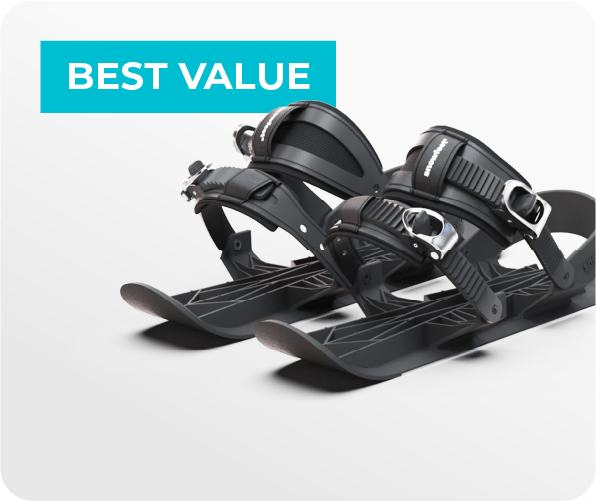




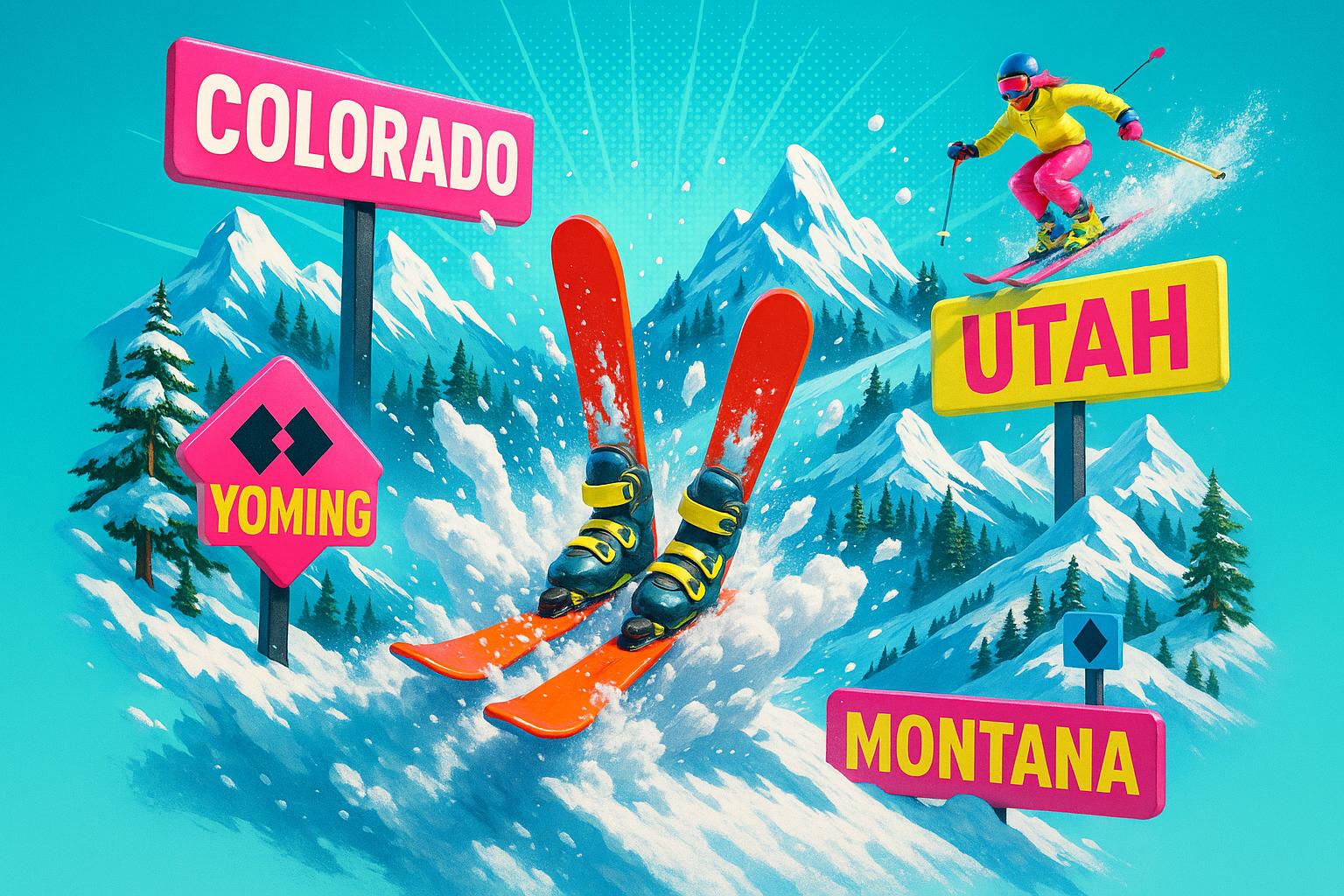
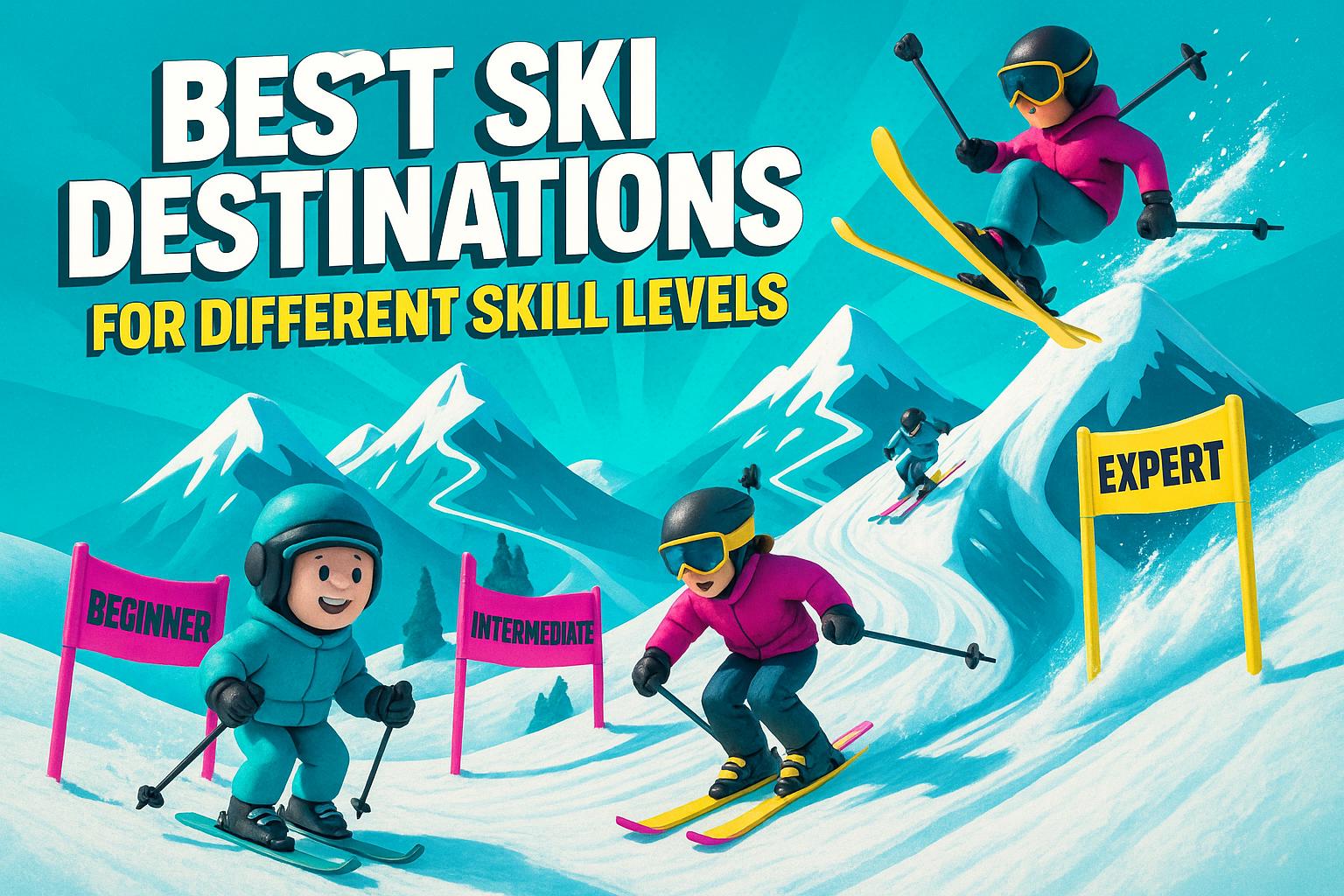
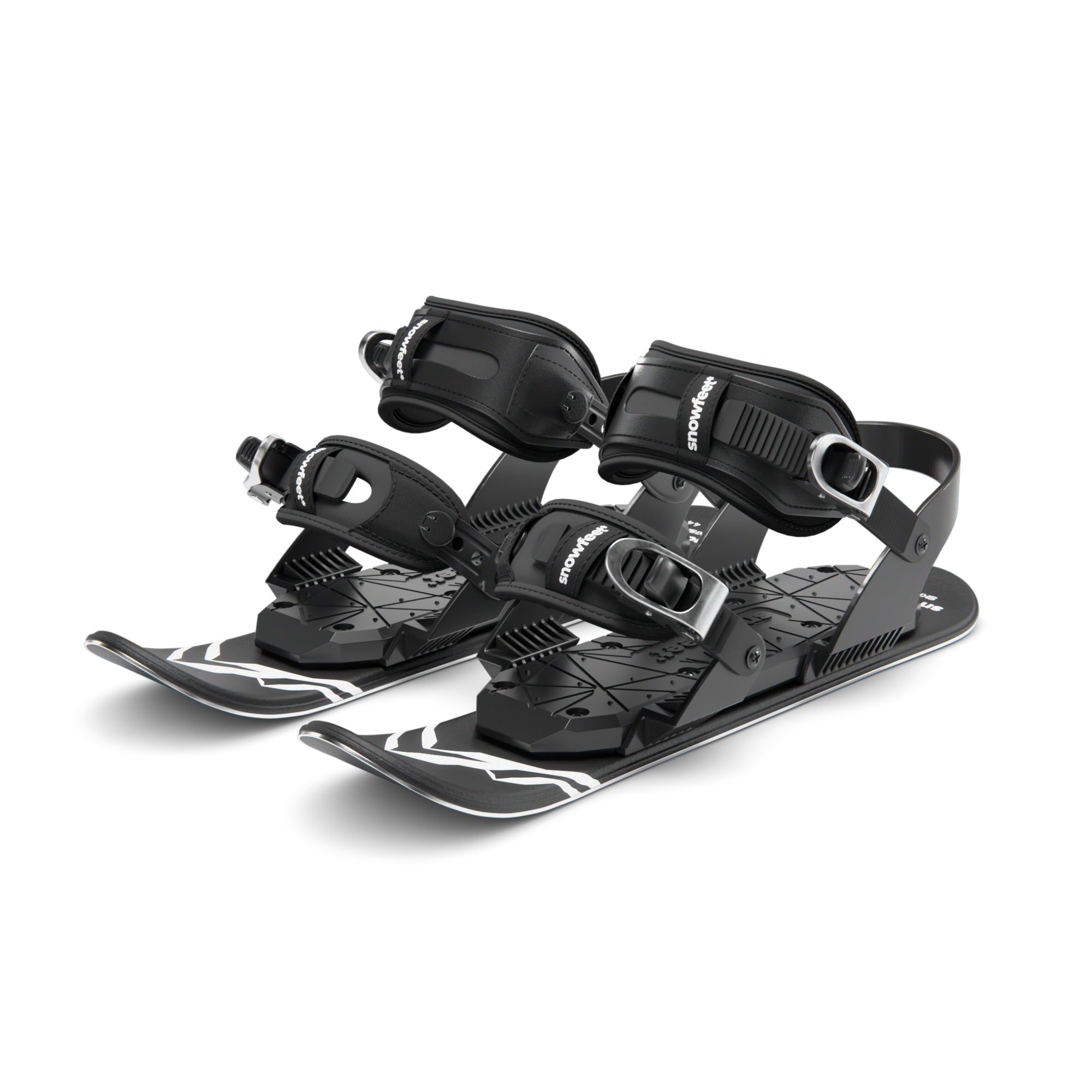
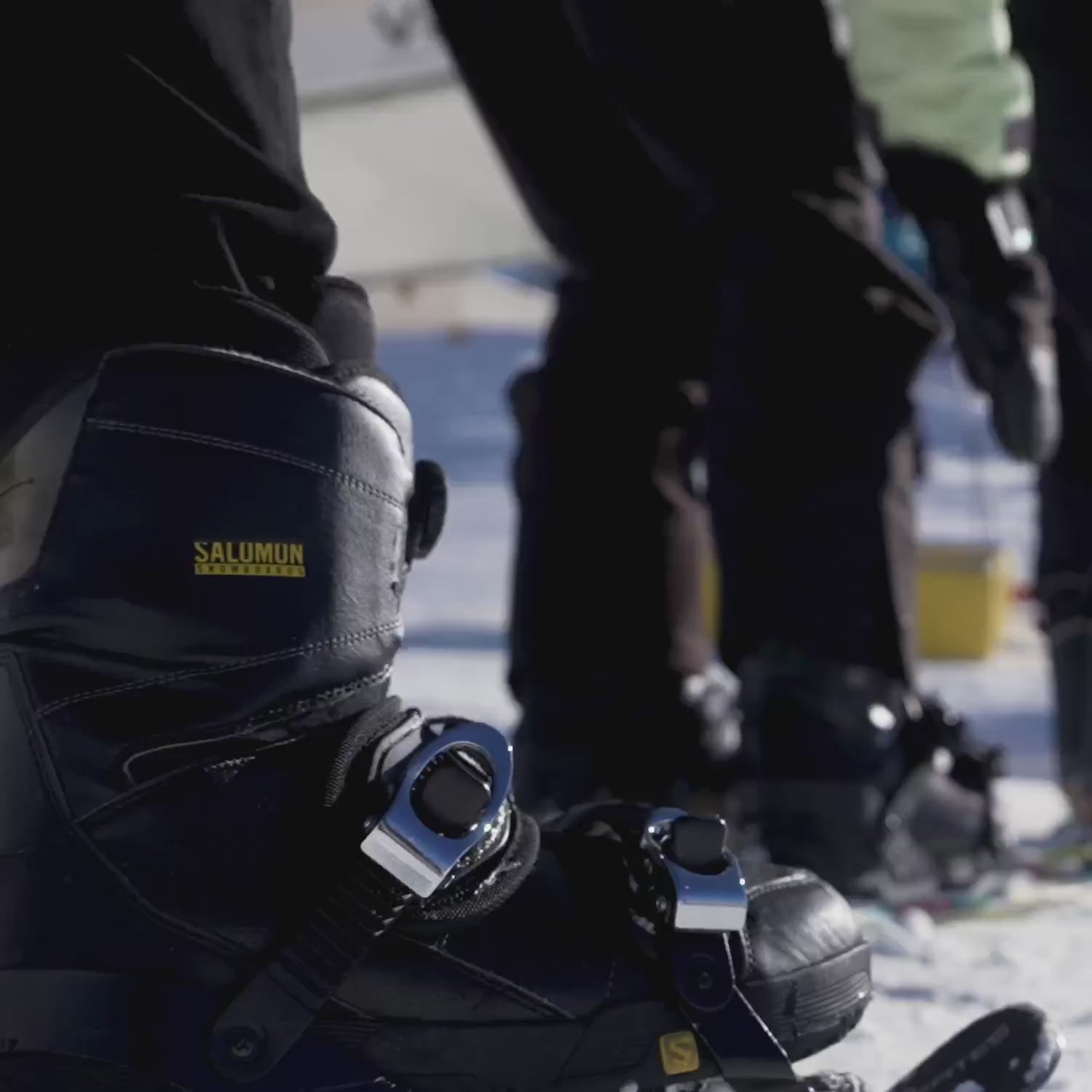
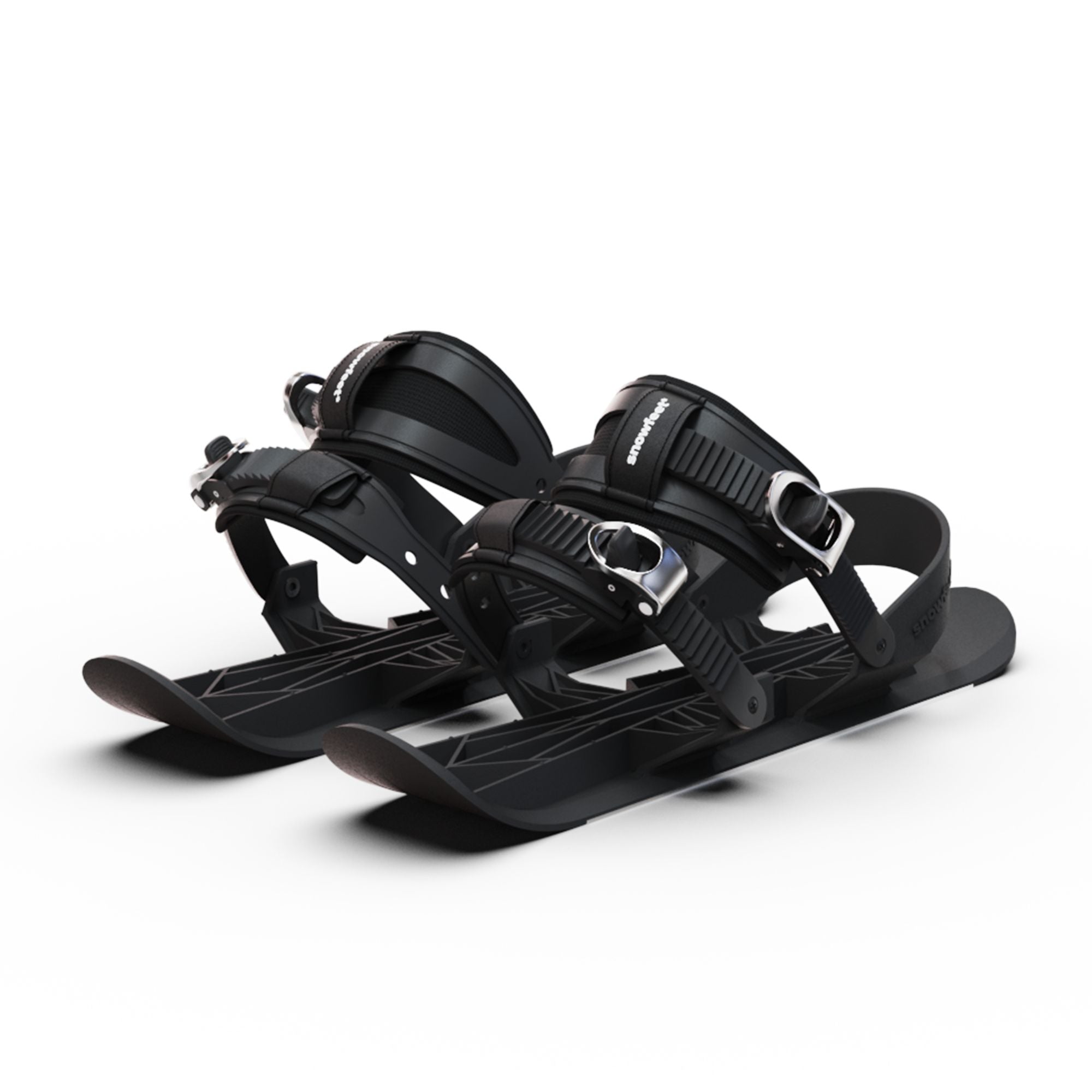
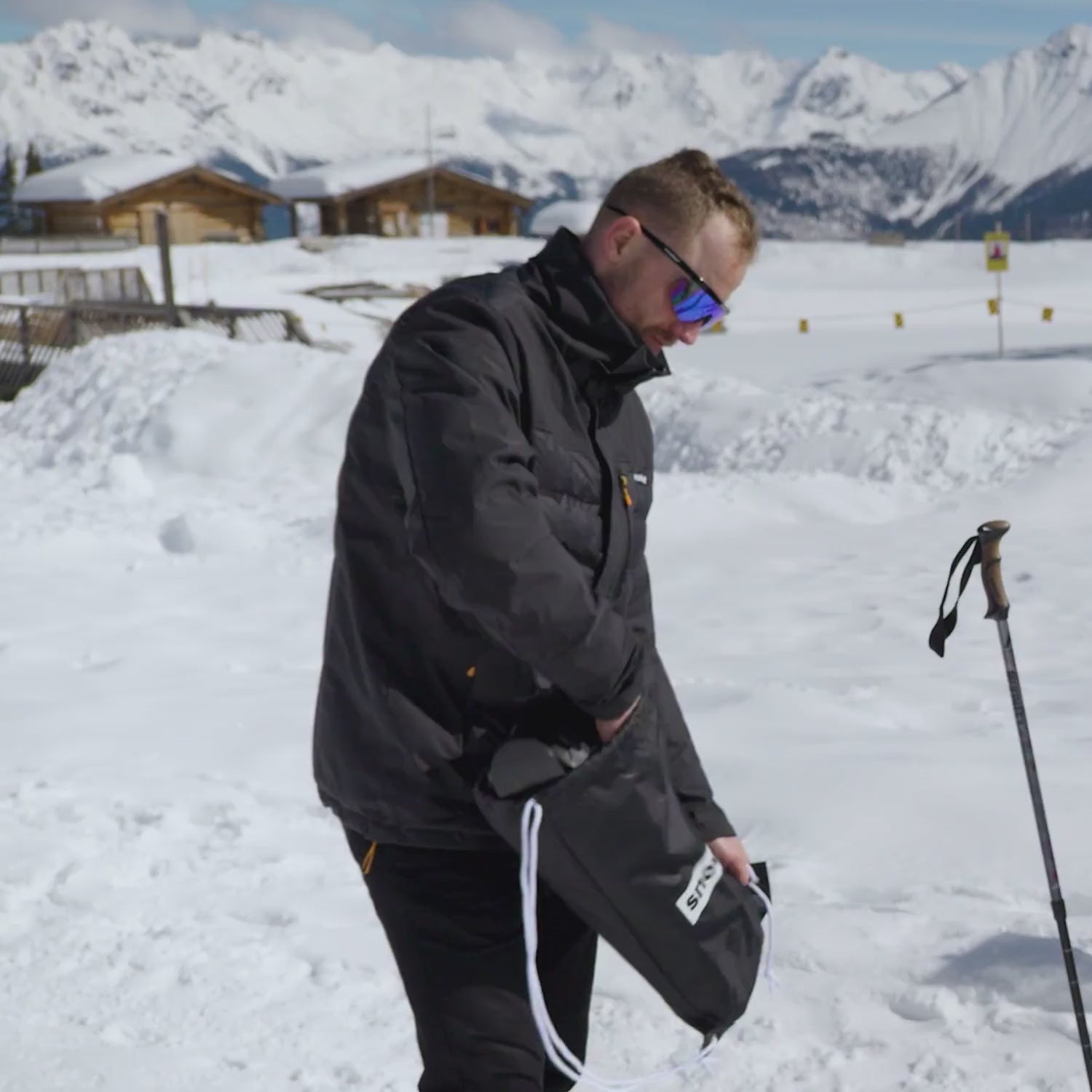
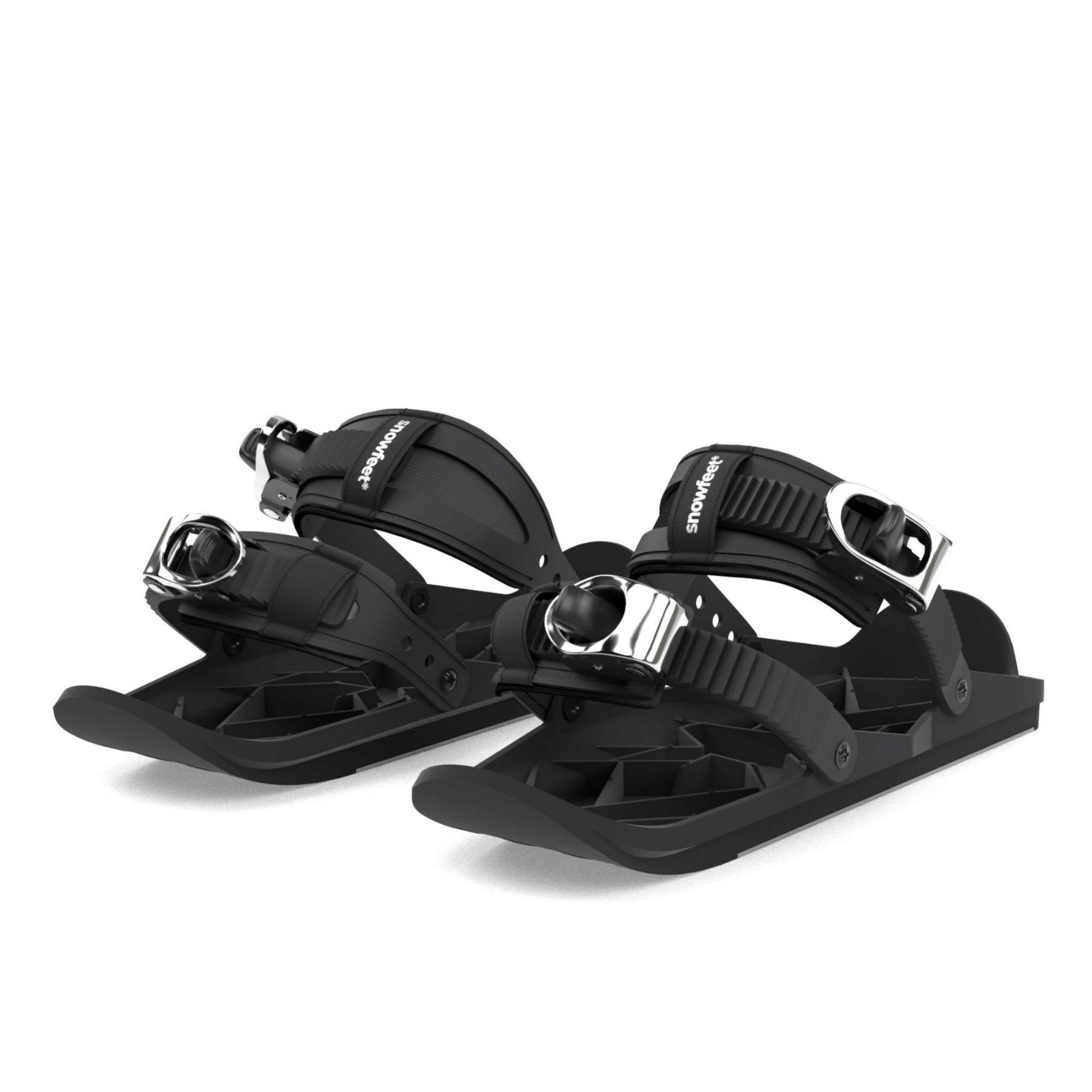
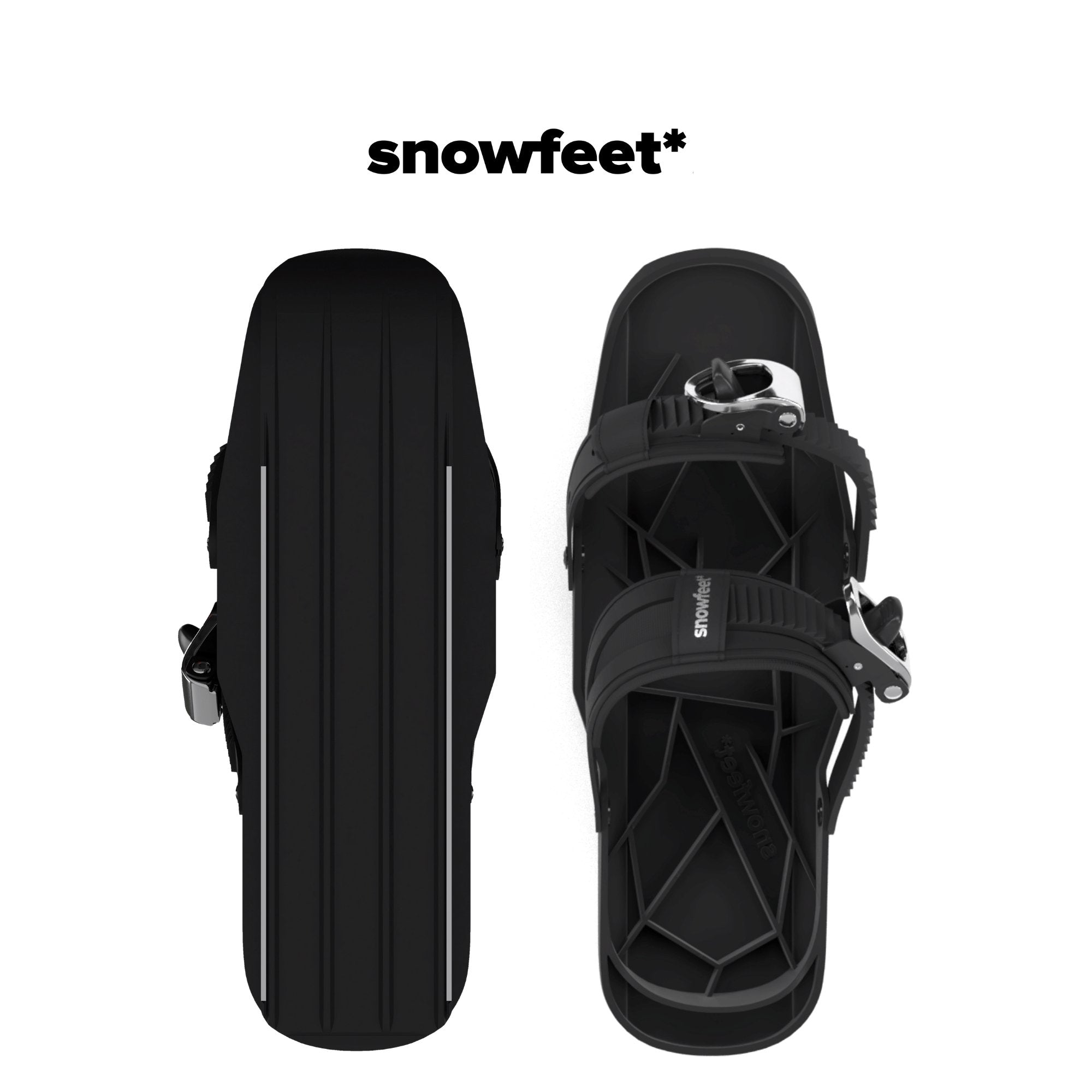
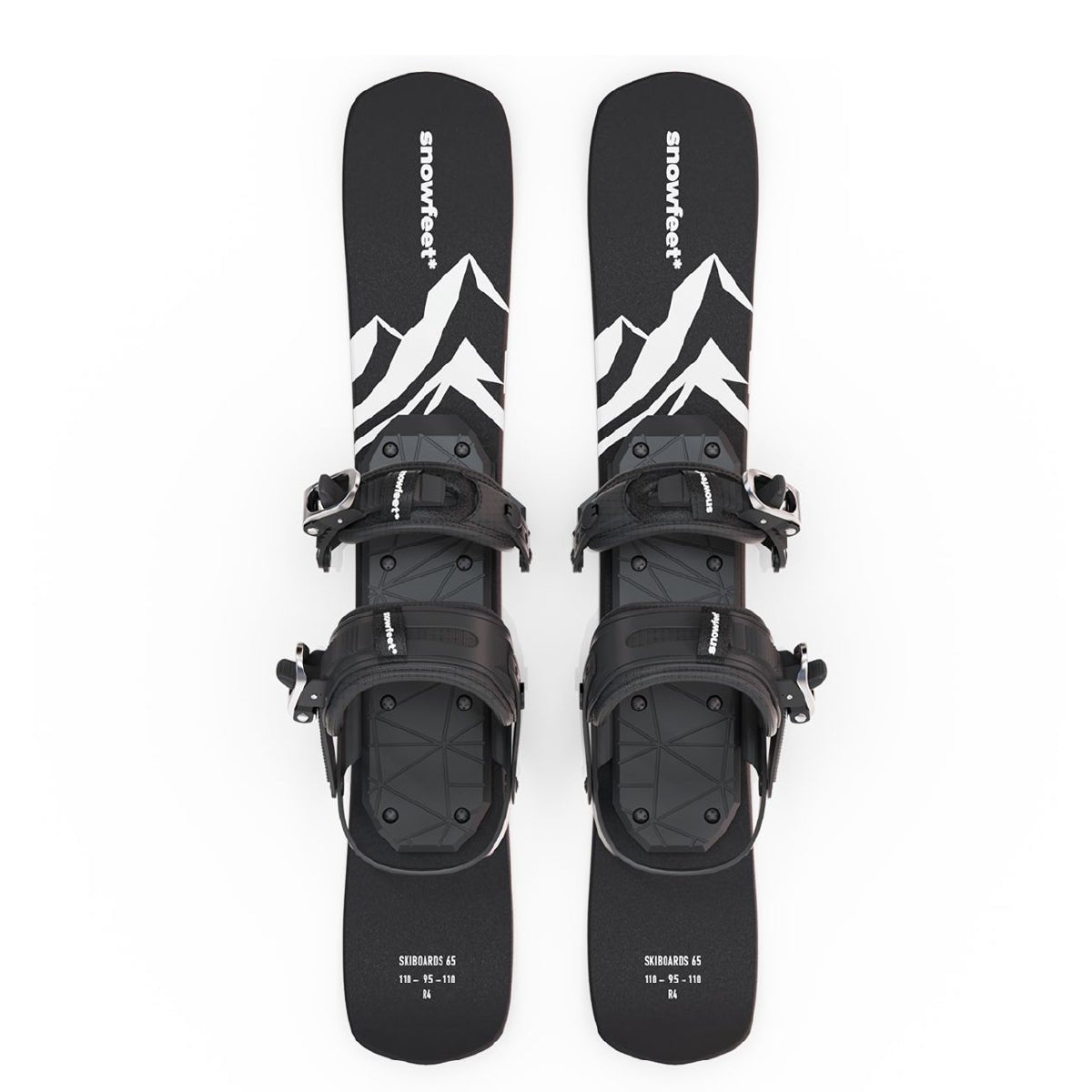
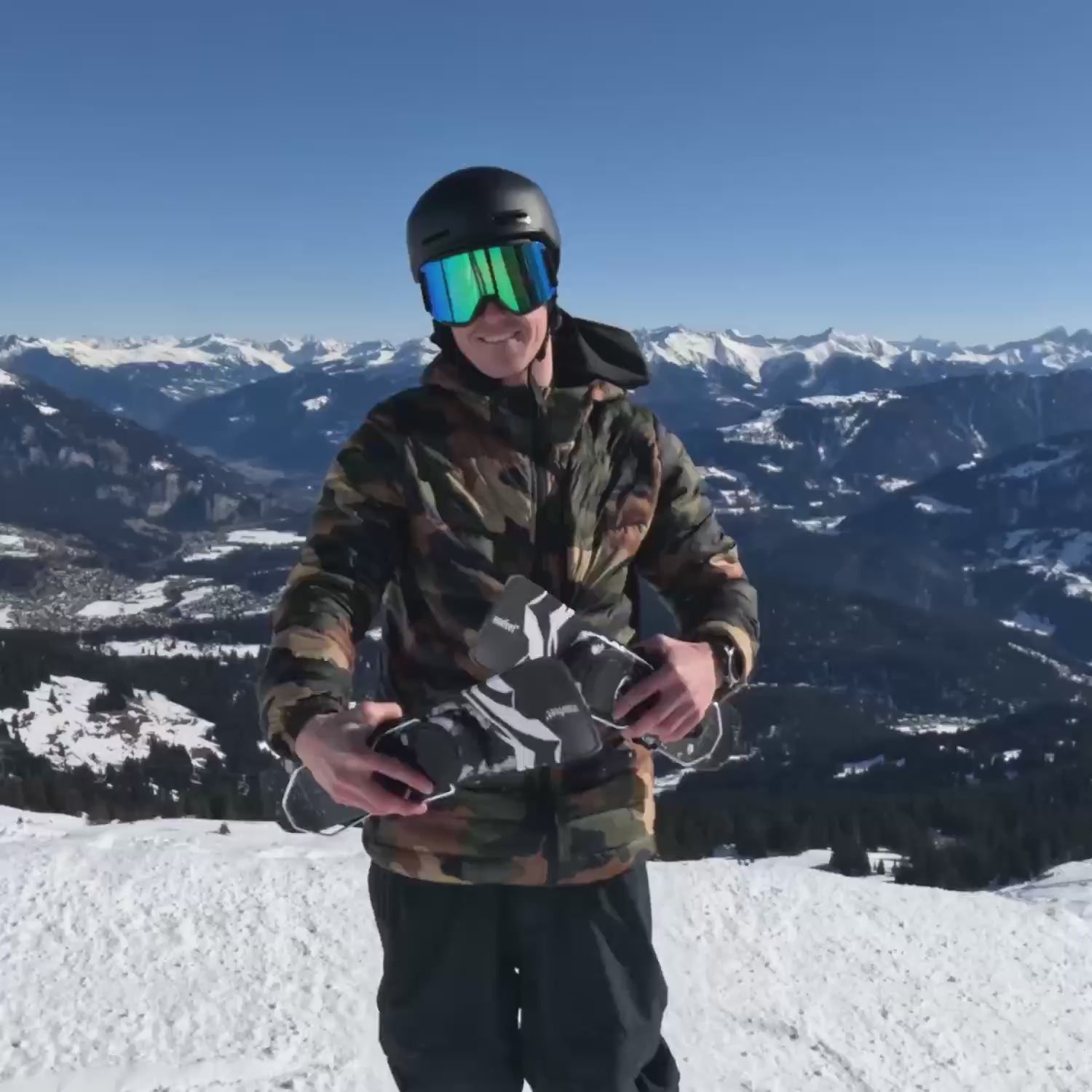
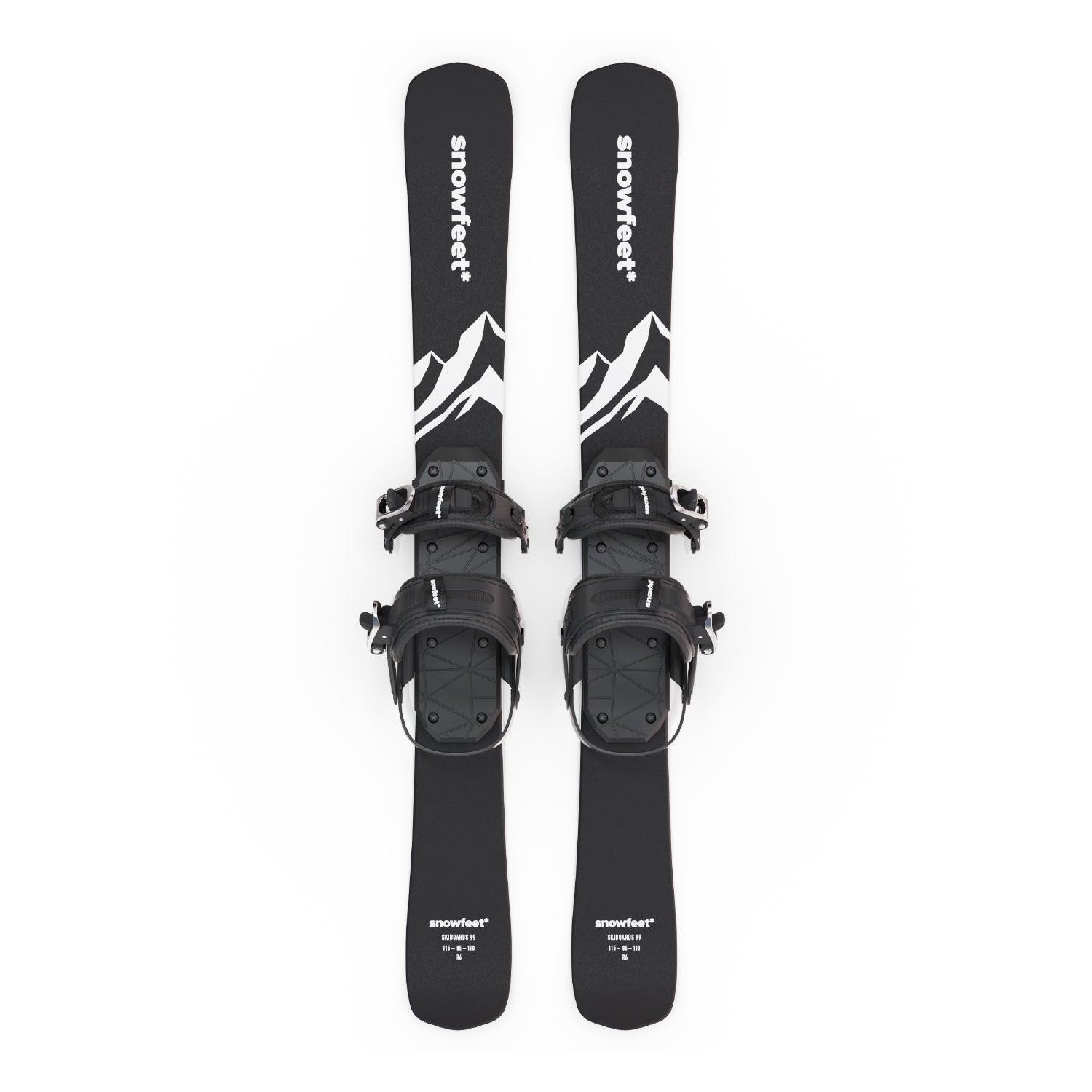
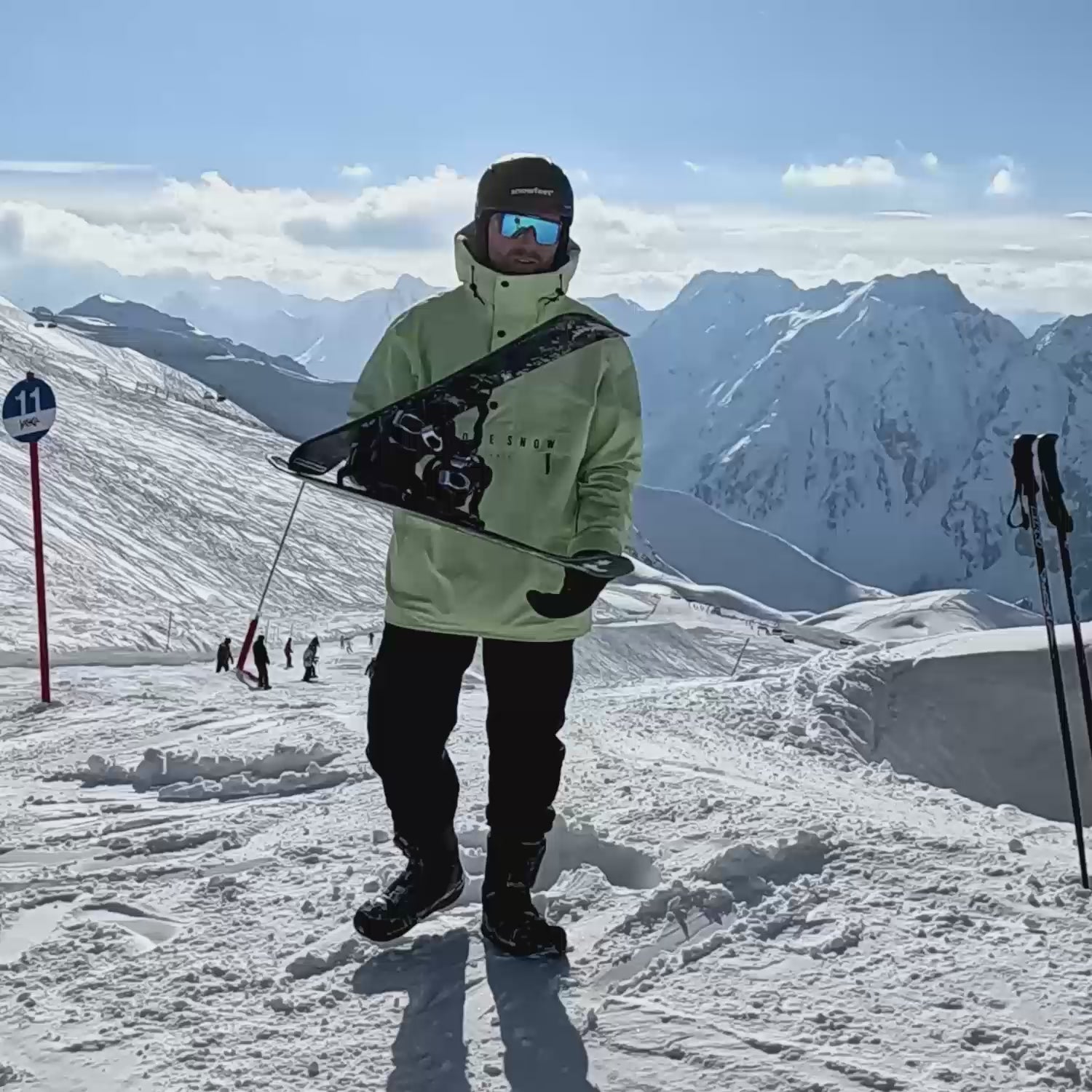
Laisser un commentaire
Ce site est protégé par hCaptcha, et la Politique de confidentialité et les Conditions de service de hCaptcha s’appliquent.